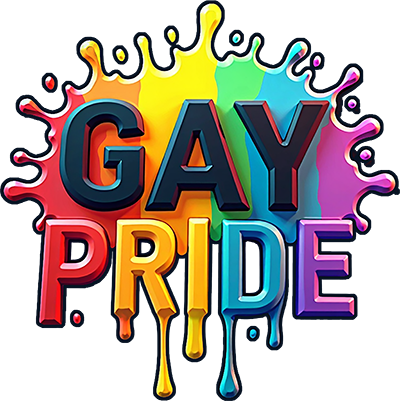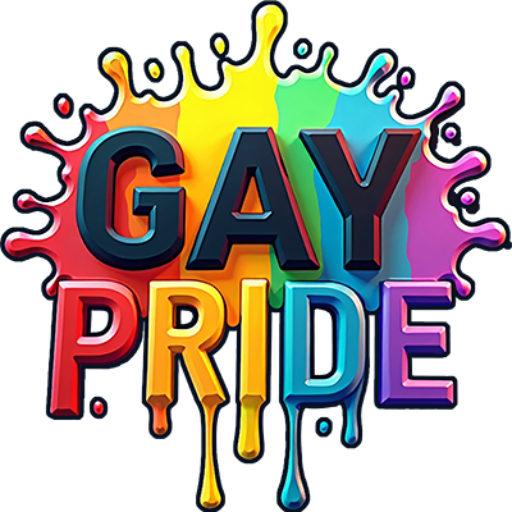Exploring LGBTQ History Through Art: A Journey of Resilience and Expression
Art has always been a powerful medium for storytelling, offering voices to those who have been historically marginalized. When it comes to LGBTQ history, art plays a crucial role in documenting the struggles, triumphs, and everyday lives of the community. This blog post delves into the vibrant tapestry of LGBTQ history as seen through the lens of art, celebrating the creativity and resilience of artists who broke barriers and inspired change. 🌈
Table of Contents
1. Introduction to LGBTQ Art History
2. The Early Days: Hidden Messages and Coded Art
3. The Stonewall Era: Art as Activism
4. The AIDS Crisis: A Canvas of Grief and Hope
5. Modern LGBTQ Art: Diversity and Inclusion
6. Conclusion: The Ever-evolving Landscape of LGBTQ Art
7. FAQs
Introduction to LGBTQ Art History
The history of LGBTQ art is as rich and diverse as the community it represents. From the ancient world to the present day, artists have used their work to express their identities, challenge societal norms, and advocate for change. LGBTQ art is not just about aesthetics; it is a form of activism, a declaration of existence, and a celebration of love in all its forms.
The Early Days: Hidden Messages and Coded Art
In societies where same-sex relationships were taboo or criminalized, LGBTQ artists often resorted to subtlety and symbolism to convey their messages. Ancient Greece and Rome, for example, are known for their homoerotic art, yet these works were often masked under the guise of mythology or allegory.
During the Renaissance, artists like Leonardo da Vinci and Michelangelo are believed to have embedded LGBTQ themes in their works, though interpretations remain speculative. These early artists laid the groundwork for future generations, crafting a visual language that could be both expressive and discreet. 🎨
The Stonewall Era: Art as Activism
The 1969 Stonewall Riots marked a pivotal moment in LGBTQ history, igniting a movement that demanded visibility and rights. Art during this era became a form of protest and empowerment. The vibrant posters and bold graphics of the time were not only visually striking but also served as rallying cries for equality.
Artists like Keith Haring and David Wojnarowicz emerged as iconic figures, using their art to challenge societal norms and advocate for LGBTQ rights. Their work was unapologetically bold, reflecting the urgency and passion of the movement. 🏳️🌈
The AIDS Crisis: A Canvas of Grief and Hope
The AIDS epidemic of the 1980s and 1990s was a devastating period for the LGBTQ community. Art became a crucial outlet for expressing the grief, anger, and hope that permeated this era. The “Silence = Death” posters, with their stark pink triangles, became symbols of activism and awareness.
Artists like Félix González-Torres and Nan Goldin captured the human toll of the epidemic, creating poignant works that memorialized those lost to the disease while advocating for compassion and change. Their art served as a reminder of the resilience and strength of the LGBTQ community in the face of adversity. 🖼️
Modern LGBTQ Art: Diversity and Inclusion
Today, LGBTQ art continues to thrive, reflecting the diversity and complexity of the community. Contemporary artists explore a wide range of themes, from gender identity and intersectionality to global LGBTQ rights. The art world has become more inclusive, with galleries and museums increasingly showcasing LGBTQ artists and their stories.
Social media platforms have also democratized art, allowing emerging artists to share their work and connect with global audiences. This has led to a dynamic and ever-evolving art scene, where diverse voices and stories are celebrated and amplified.
Conclusion: The Ever-evolving Landscape of LGBTQ Art
LGBTQ art is a testament to the resilience and creativity of a community that has long fought for visibility and equality. As we continue to explore and celebrate LGBTQ history through art, we honor the artists who have paved the way and those who continue to challenge, inspire, and transform the world with their work.
From ancient sculptures to modern digital art, the journey of LGBTQ art is one of courage, expression, and hope. It reminds us that art is not just a reflection of society, but a powerful force for change and progress. 🎭
FAQs
Q: What are some famous LGBTQ artists from history?
A: Some renowned LGBTQ artists include Leonardo da Vinci, Frida Kahlo, Keith Haring, and David Wojnarowicz, each known for their unique contributions to art and culture.
Q: How did art influence the LGBTQ rights movement?
A: Art played a critical role in the LGBTQ rights movement by raising awareness, challenging stereotypes, and providing a platform for expression and activism.
Q: Where can I explore LGBTQ art today?
A: Many museums and galleries worldwide now feature LGBTQ art. Additionally, online platforms and social media offer a vast array of contemporary works by LGBTQ artists.
Q: Why is LGBTQ art important?
A: LGBTQ art is important because it documents the history, struggles, and achievements of the community, fostering understanding and promoting inclusivity and equality.

